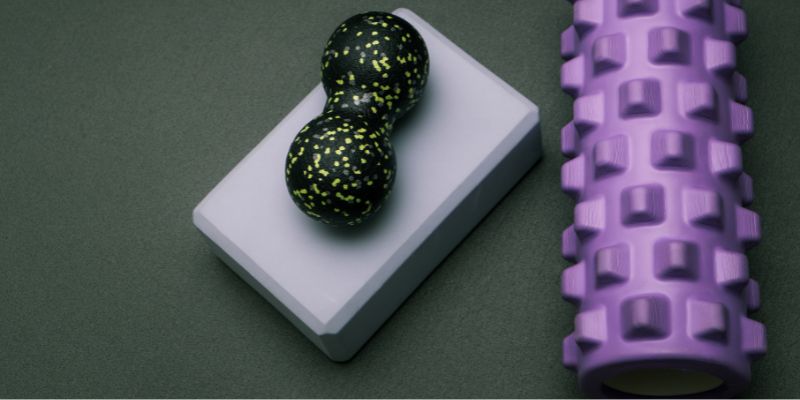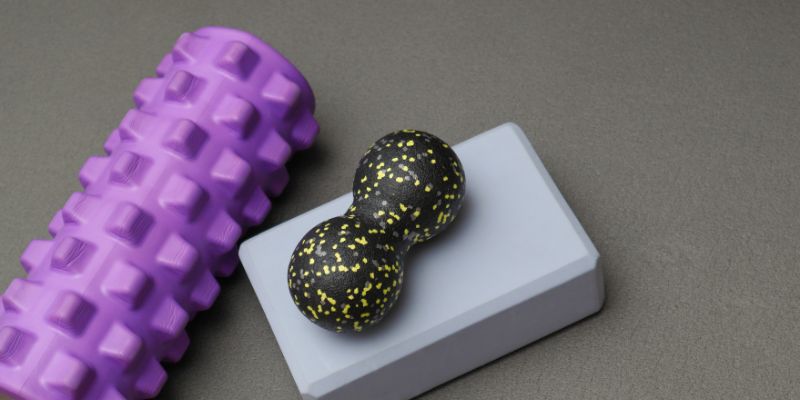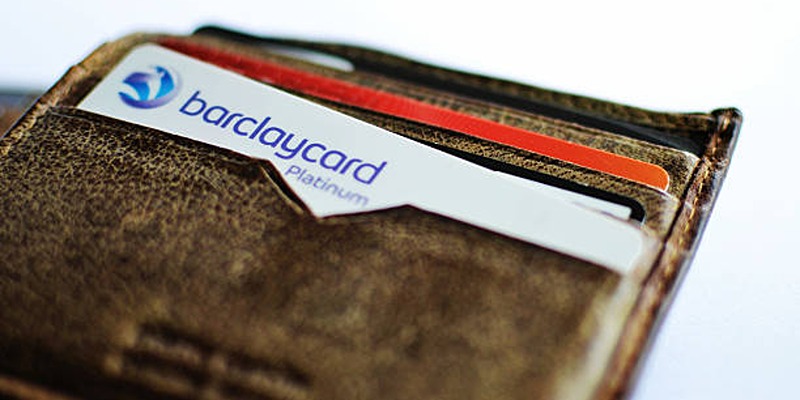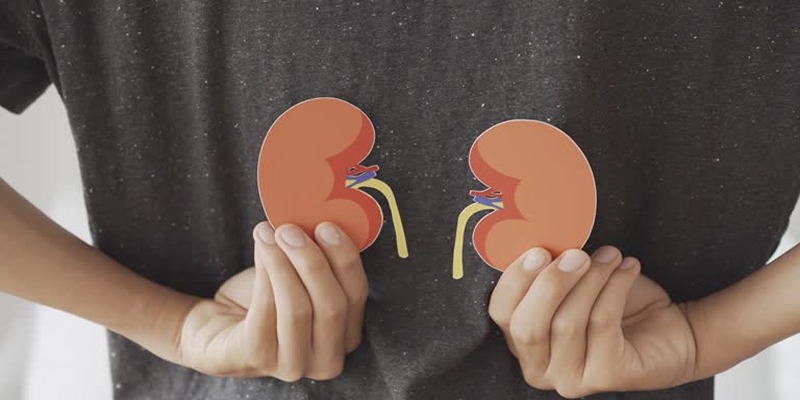The Ultimate Guide for Foam Roller Newbies
Ever feel like your muscles are just... screaming for a break? Foam rolling is the quick fix you need. You may think, "Huh, that foam thingy in the gym?" Yes, that foam roller thingy. It’s simple, cheap, and super effective. With just a few minutes a day, you can help your muscles recover faster, feel less sore, and become more flexible. Sounds good, right?
In this guide, we’ll break down why foam rollers work, how they help your body, and when you should use them. Plus, we’ll share some easy foam roller moves perfect for beginners. Let’s get rolling!
Why You Should Use a Foam Roller

So, “Why bother with a foam roller?” you might ask. Because your muscles will thank you—big time. When you work out, your muscles tighten up. Sometimes, they form painful knots. Foam rolling helps smooth those out.
It also boosts blood flow. Better circulation means more oxygen and nutrients reach your muscles. That helps them recover faster and perform better next time.
Ever had DOMS? That’s delayed onset muscle soreness—the ache you feel a day or two after exercise. Foam rolling reduces that pain, so you can get back to your workouts sooner.
Flexibility? Check. Mobility? Check. Foam rolling keeps your body loose and ready to move.
The best part? Foam rollers are cheap and easy to use. You don’t need fancy equipment or a gym membership. Just grab a roller and roll out those tight spots from the comfort of your home.
Understanding Myofascial Release
Okay, let’s talk about fascia. It’s a thin layer of connective tissue that wraps around your muscles. Think of it like the skin on a sausage or that white part in oranges that holds everything together ever so slightly.
When this part gets tight or inflamed, your muscles feel stiff and painful.
That’s where foam rolling comes in. It’s a type of myofascial release—a fancy term for easing tension in the fascia. When you roll over sore spots, the pressure helps relax the fascia and smooth out knots.
The benefits? Less stiffness, better movement, and fewer injuries. It’s like giving your muscles a deep-tissue massage—without the expensive spa trip.
Foam rolling also improves blood flow to the area, helping your body heal faster. Plus, it signals your nervous system to relax, which reduces overall muscle tightness.
So, next time you feel tight or sore, grab your foam roller. Your fascia will thank you.
When to Use a Foam Roller
Wondering when to roll? Fair thought, because timing matters.
Before a workout: Foam rolling gets your blood flowing and preps your muscles for action. It's a great addition to any warm-up routine and will reduce your risk of injury or tearing a muscle here and there.
After a workout: This is where foam rolling really shines. Foam rolling exercises after a workout help break up lactic acid, reduce soreness, and speed up recovery. Just a few minutes can make a big difference.
On rest days: Even when you’re not working out, foam rolling keeps your muscles loose and flexible. It’s a great way to ease stiffness and improve mobility.
Feeling tight or sore? Roll it out. Got a big workout ahead? Roll first. Want faster recovery? Roll after. Simple.
The key is consistency. Make foam rolling part of your routine, and you’ll feel the benefits fast.
10 Essential Foam Rolling Moves for Beginners
Ready to roll? Or shall we say “foam roll?” Here are some “must-know” foam rolling moves that will hit every major muscle group and help you feel amazing. Start slow, breathe, and let’s get rolling!
Calf Roll
Sit on the floor and place the foam roller under your calves. Lift your body up with your hands and slowly roll from your ankles to just below your knees. Got a tight spot? Pause and breathe into it.
Hamstring Roll
Stay seated and move the roller up under your thighs. Roll slowly from your knees to your glutes. Keep your legs relaxed and let the roller do the work.
IT Band Roll
This one can hurt—in a good way! Lie on either one of your sides, then place the roller under the outer thigh region. You have to support your upper body with both of your hands and roll from your hip to your knee. You can do this for both sides. Go slow—this area tends to get really tight.
Quadriceps Roll
Face down with the roller under your thighs. Prop yourself up on your elbows and roll from your hip to just above your knee. Feel that burn? That’s your muscles saying “thank you.”
Glute Roll
Sit on the roller and cross one ankle over the opposite knee. Lean into the glute of the crossed leg and roll back and forth. Got tightness? Spend more time there.
Lower Back Roll (With Caution)
Be gentle here! Sit on the floor and position the roller at your lower back. Support your weight with your hands and roll slowly up and down—but don’t go too low. Stop if it feels uncomfortable.
Upper Back Roll
Lie on the floor with the roller under your upper back. Cross your arms over your chest and lift your hips. Roll from your mid-back to your shoulders. It feels like a mini-massage!
Chest Opener Roll
Place the roller vertically along your spine and let your arms fall out to the sides. Take deep breaths and let your chest open up. It’s perfect for countering all that time spent hunched over screens.
Lats Roll
Lie on your side with the roller just below your armpit. Extend your arm overhead and roll from your ribs to your upper arm. It’s awkward—but oh so worth it.
Hip Flexor Roll
Face down and position the roller just below your hip bones. Support your upper body with your hands and slowly roll back and forth. If you sit a lot, this one’s a game-changer.
Are There Any Studies on Foam Rollers?
The science behind foam rolling? Still evolving—but promising! While there aren’t tons of large-scale studies, the research we do have shows some great benefits.
Small, muscle-specific studies suggest that foam rolling can help reduce DOMS (Delayed Onset Muscle Soreness). It can also improve muscle recovery, decrease fatigue, and ease muscle tension. Ever feel that tight, sore feeling after a tough workout? Foam rolling can help you bounce back faster.
Another perk? Better flexibility and increased range of motion. By targeting fascia — that connective tissue around your muscles — foam rolling can loosen you up and make your workouts even better.
So while the studies may be limited, the results so far are encouraging. Plus, loads of athletes and trainers swear by foam rolling — and that counts for something!
Final Thoughts: Should You Start Using a Foam Roller?

Foam rolling is one of the easiest, most affordable ways to take care of your muscles. It helps with recovery, reduces soreness, and improves flexibility — and you don’t need to be a pro to use one.
While research is still catching up, the benefits are hard to ignore. Plenty of people swear by it, and once you start rolling, you’ll probably see why.
So, should you start foam rolling? Absolutely. Give it a try, stick with it, and see how much better your body feels. You’ve got nothing to lose—except that muscle tightness!












